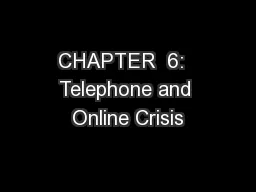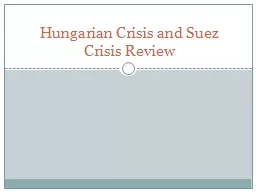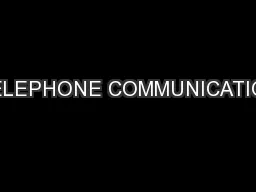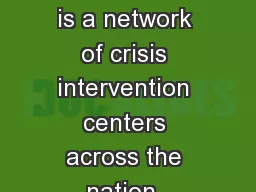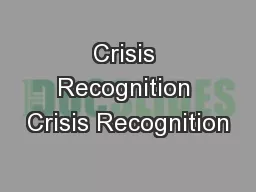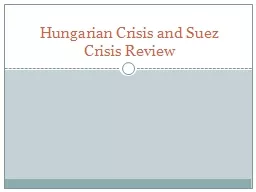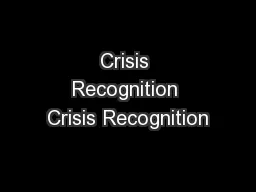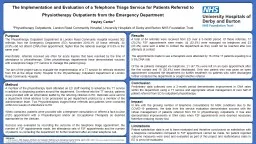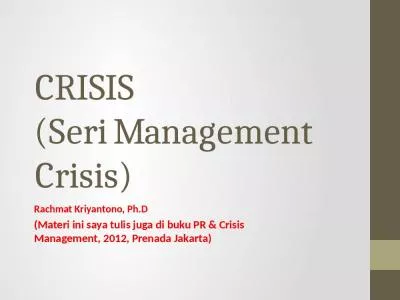PPT-CHAPTER 6: Telephone and Online Crisis
Author : tatyana-admore | Published Date : 2018-02-20
Counseling Case Handling on Telephone Crisis Lines ConvenienceImmediacy of Access 24 hour hotlines Timelimited hotlines Hotlines vs warmlines Continuous national
Presentation Embed Code
Download Presentation
Download Presentation The PPT/PDF document "CHAPTER 6: Telephone and Online Crisis" is the property of its rightful owner. Permission is granted to download and print the materials on this website for personal, non-commercial use only, and to display it on your personal computer provided you do not modify the materials and that you retain all copyright notices contained in the materials. By downloading content from our website, you accept the terms of this agreement.
CHAPTER 6: Telephone and Online Crisis: Transcript
Download Rules Of Document
"CHAPTER 6: Telephone and Online Crisis"The content belongs to its owner. You may download and print it for personal use, without modification, and keep all copyright notices. By downloading, you agree to these terms.
Related Documents

